I’ve had a love affair with roses since I was a little girl, when I used to help my dad take care of the rosebushes in our Southern California front yard. Now that I have my own garden with more than 40 rosebushes, I’ve learned that adding a few ordinary amendments, as well as a couple of unexpected ones, to the soil will maximize roses’ health and blooms.
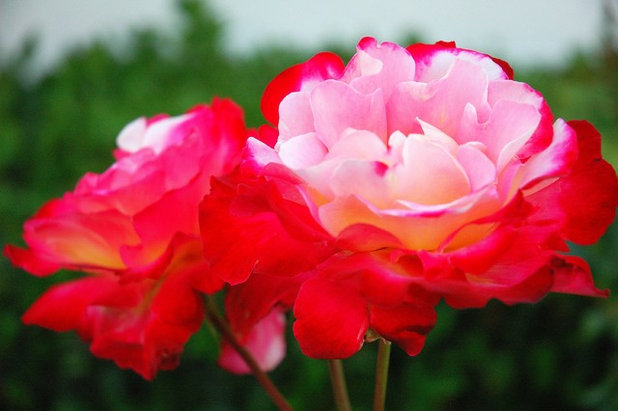
Noelle Johnson Landscape Consulting
Shown: Double Delight hybrid tea rose
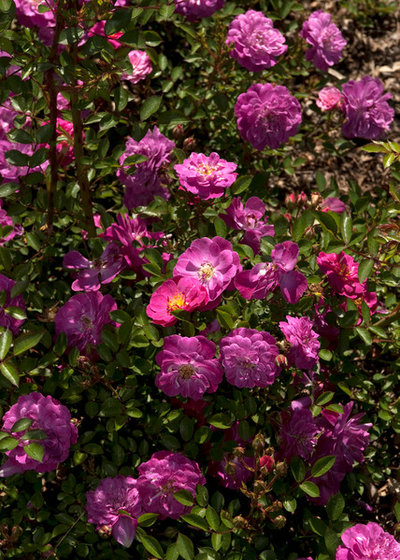
The New York Botanical Garden
Rosebushes do best in fertile soil. Without it, the blooms will be small and few. Thankfully, creating fertile soil for roses is easy, and this will result in more roses with larger blooms. In addition, many of the amendments will help keep the soil pH at or near neutral, which is also best for roses.
When to fertilize roses and add soil amendments. It’s helpful to note that fertilizer is considered a soil amendment. The first application of granular fertilizer generally is done in early spring and may be repeated in midsummer (early fall in USDA zones 9 to 11; find your zone).
Fertilizers and soil amendments that help create fertile soil for roses. There are several ingredients that will help you grow the best roses in the neighborhood. Compost, aged steer manure and organic rose fertilizer are the most common amendments, and these three somewhat ordinary ingredients will help produce lovely roses. If you want to go even further, also add alfalfa pellets and Epsom salt.
Shown: Purple Rain rose
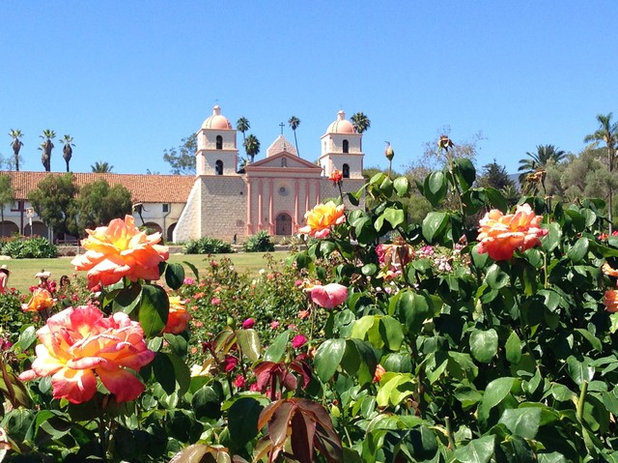
Noelle Johnson Landscape Consulting
Shown: The rose garden at the Santa Barbara Mission, California
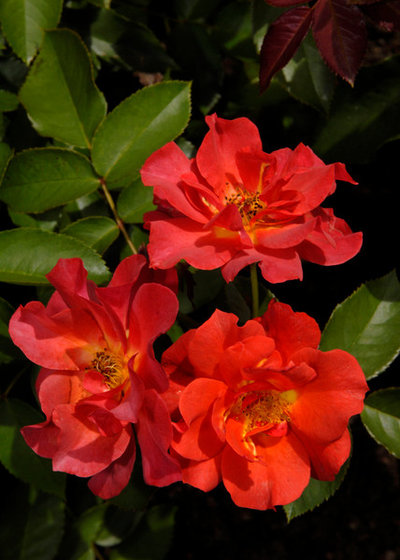
The New York Botanical Garden
How each amendment helps roses grow:- Compost: Improves the texture of the soil, adds beneficial microorganisms and slowly releases nutrients.
- Aged steer (or chicken, horse or rabbit) manure: Contains nitrogen, phosphorus and potassium as well as micronutrients. Like compost, it also helps to improve the texture of soil.
- Rose fertilizer: Specially formulated for the nutrient needs of roses, and releases nutrients more quickly than compost and manure. While there are synthetic rose fertilizers, organic rose fertilizers are a better choice since they also contribute to the health of the soil, slowly release nutrients over a long time and are not quickly leached away by water.
- Alfalfa pellets: Contain many things that roses like, including nitrogen, iron, phosphorus, calcium and magnesium. It also has one ingredient in particular that roses go crazy for: triaconatol, which is an alcohol that is released as the alfalfa pellets break down. It is this alcohol that stimulates more basal breaks that form new branches, leading to more roses. Alfalfa pellets can be found at your local feed store.
- Epsom salt: Has two minerals that are important for roses: magnesium and sulfate, which help promote chlorophyll production, resulting in healthy, dark green foliage. It also helps roses absorb nitrogen and phosphorus. Since this is the same Epsom salt that can help relieve your sore muscles, you can usually find it at your local drugstore.
Shown: Cinco de Mayo floribunda rose
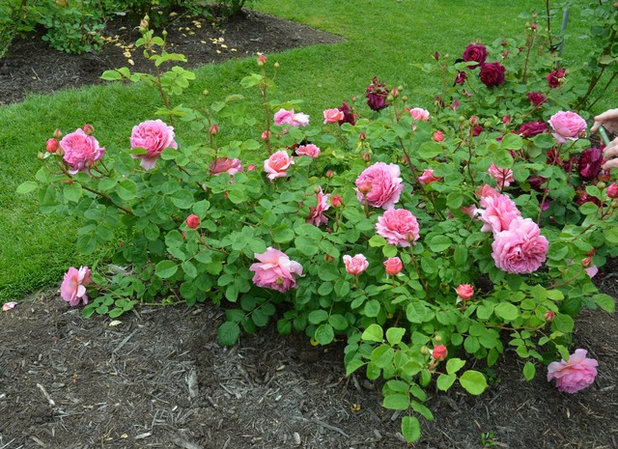
Noelle Johnson Landscape Consulting
How much fertilizer and soil amendments to add to each mature rosebush. Mix 2 cups compost, 1 cup manure, 1 cup alfalfa pellets and ½ cup Epsom salt with the rose fertilizer. (Check the fertilizer bag for how much to add.) Cut the amounts in half for miniature roses, and for young rosebushes until two years after planting.
Shown: Pink Double Knock Out rose
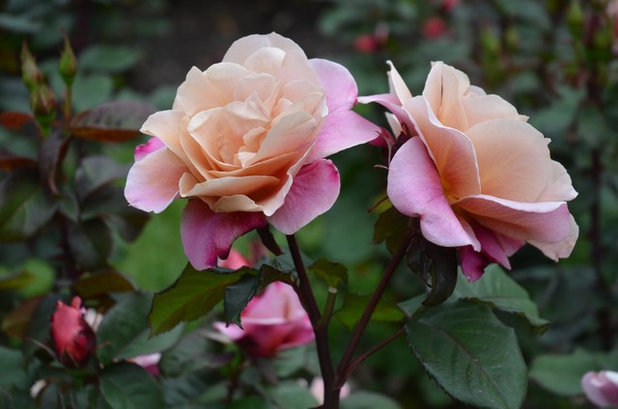
Noelle Johnson Landscape Consulting
How to apply the rose fertilizer and amendment mixture. There are two ways you can apply this special rose mixture:
- Use the handle of a broom or shovel to make six to eight equally spaced holes around each rosebush, 6 to 8 inches deep, and then pour the mixture into each hole. This method is highly effective, as it gets the amendments right into the root zone, where it can be easily absorbed. Any leftover mixture can be sprinkled around the rosebush.
- Apply the amendment mixture around the base of the rosebush and lightly work it into the top 2 inches of soil.
Tip: Whichever method you use, it’s important to water well afterward to help release the nutrients.
Shown: Distant Drums hybrid rose
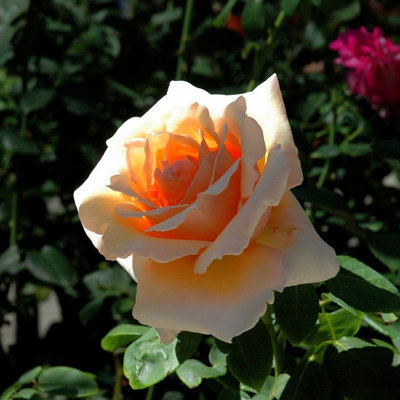
Noelle Johnson Landscape Consulting
You’ll see a dramatic difference in the amount and size of the roses produced, as well as more attractive dark green foliage, if you apply this special rose mixture twice a year. Before you know it, your roses will be the envy of all your neighbors.
Shown: Medallion hybrid tea rose
Region by region: What to Do in Your Garden This Month





